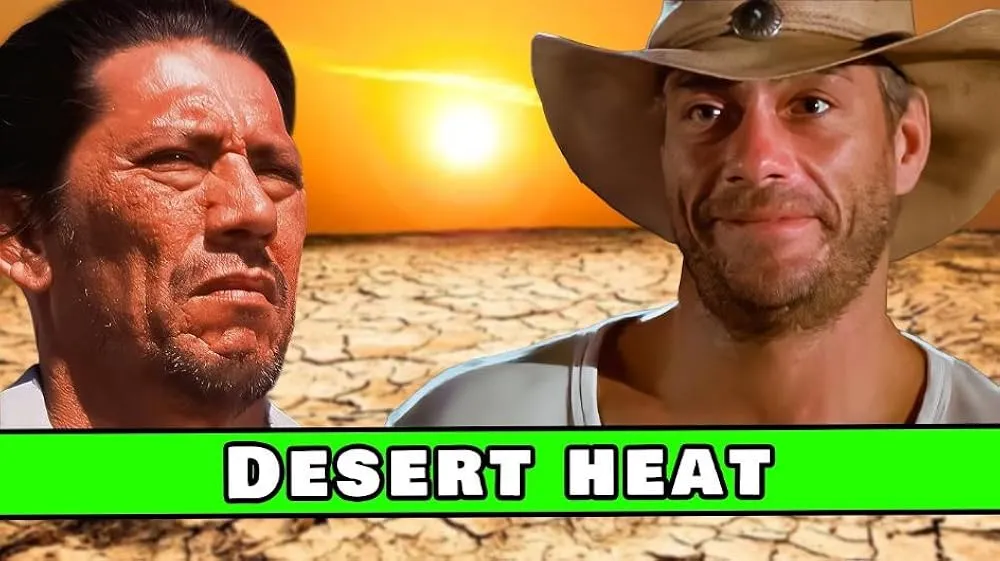Apocalypse Now: A Cinematic Descent into the Heart of Darkness
Francis Ford Coppola's Apocalypse Now (1979) remains one of the most haunting and ambitious war films ever made. Loosely based on Joseph Conrad’s novella Heart of Darkness, the film reimagines the tale of a journey into moral ambiguity and madness, setting it during the Vietnam War. It explores not only the horrors of war, but also the psychological decay of men who are pushed beyond their moral and emotional limits. Through its powerful performances, surreal imagery, and troubled production history, Apocalypse Now has cemented itself as a seminal work in American cinema.
The story follows Captain Benjamin Willard (played by Martin Sheen), a disillusioned U.S. Army officer sent on a classified mission into Cambodia to assassinate Colonel Walter E. Kurtz (played by Marlon Brando), a once-promising officer who has gone rogue and established himself as a god-like figure among a group of Montagnard natives. As Willard journeys deeper into the jungle aboard a Navy patrol boat, he encounters a series of surreal and often disturbing episodes that reflect the moral chaos of the war and the psychological unraveling of both himself and his companions. Each encounter — from a deranged air cavalry colonel obsessed with surfing (Robert Duvall’s iconic Lieutenant Colonel Kilgore) to drug-fueled USO shows and riverside massacres — drives home the absurdity and tragedy of the conflict.
Coppola’s direction is visionary, using bold, expressionistic imagery and sound to blur the line between sanity and madness. The film’s opening sequence, with Sheen’s haunted voice-over and The Doors' “The End” playing over a montage of jungle destruction, sets the tone for a descent into moral darkness. The cinematography by Vittorio Storaro is striking, blending natural light, shadows, and fire to depict the jungle as both majestic and terrifying. The use of Wagner’s “Ride of the Valkyries” during a helicopter assault scene is one of the most memorable and ironic juxtapositions in film history, highlighting the absurd spectacle of violence.
The production of Apocalypse Now is nearly as legendary as the film itself. It was plagued by delays, budget overruns, and natural disasters. Martin Sheen suffered a heart attack during filming, and Marlon Brando arrived on set overweight and unprepared. Coppola reportedly invested millions of his own money and even experienced a nervous breakdown. These behind-the-scenes struggles were chronicled in the documentary Hearts of Darkness: A Filmmaker’s Apocalypse, which illustrates how the making of the film mirrored the madness portrayed onscreen.

Despite — or perhaps because of — its chaotic production, Apocalypse Now achieved critical acclaim and remains a landmark in war cinema. It won the Palme d'Or at Cannes and was nominated for eight Academy Awards, winning for Best Cinematography and Best Sound. The film has since undergone several re-edits, including the Redux (2001) and Final Cut (2019) versions, offering deeper insights into the narrative and characters.
Ultimately, Apocalypse Now is not just a war film but a profound meditation on the human condition, the nature of evil, and the cost of imperial ambition. Its impact on cinema is enduring, and its themes remain disturbingly relevant today.
